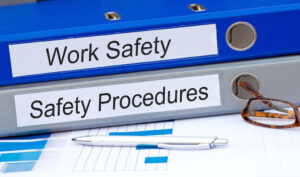
How HR Can Help Employees Who Live in Maternity Care Deserts
The U.S. maternal health crisis is getting worse, with far too many women struggling to find necessary maternity care. This problem is most severe in

The U.S. maternal health crisis is getting worse, with far too many women struggling to find necessary maternity care. This problem is most severe in

As the digital landscape continues to evolve, organizations recognize how vital it is to build teams with both competence and a strong dedication to security

Every day, businesses contend with all sorts of threats. Like it or not, these risks have become a fact of organizational life in the modern

Sponsored by The Culture Platform What tools actually help managers manage their people? That’s the most important question every organization needs to ask itself as the

Cognitive decline is a tricky subject. It can be caused by a variety of factors – from natural aging to hypothyroidism to Alzheimer’s disease. Sometimes,

The Problem Can you confidently say that 100% of your employees feel safe at work? For business and HR leaders, ensuring the health and safety

In pursuing health and success for a business, safety compliance is critical and we understand why. Monitoring injuries and potential hazards can help your workplace